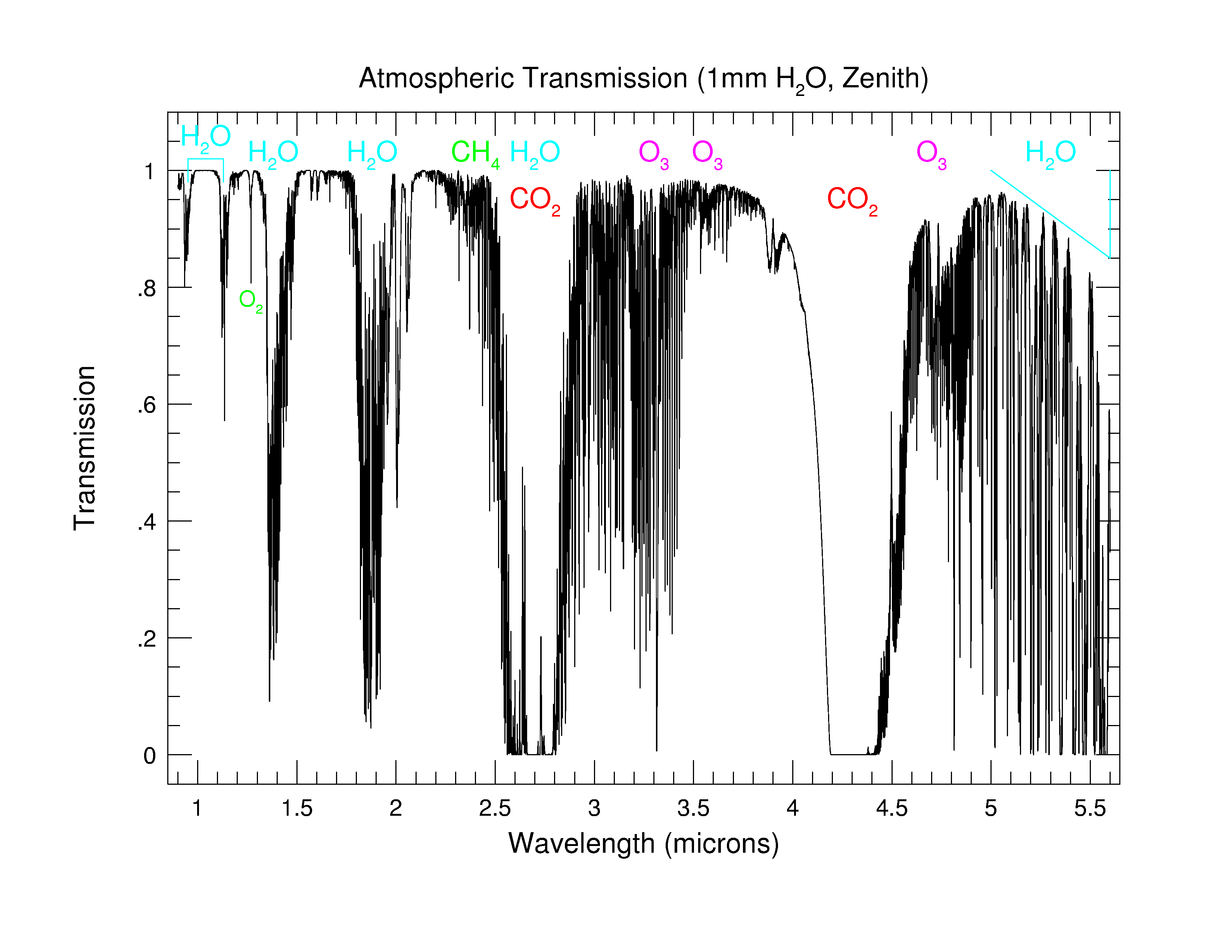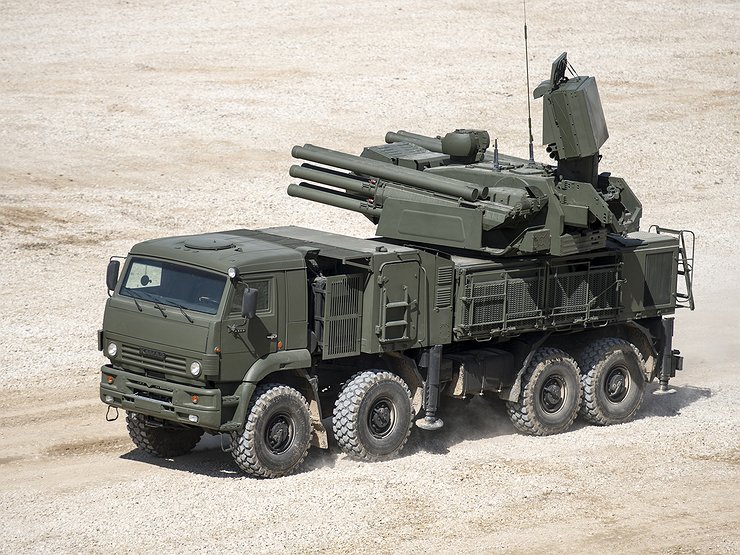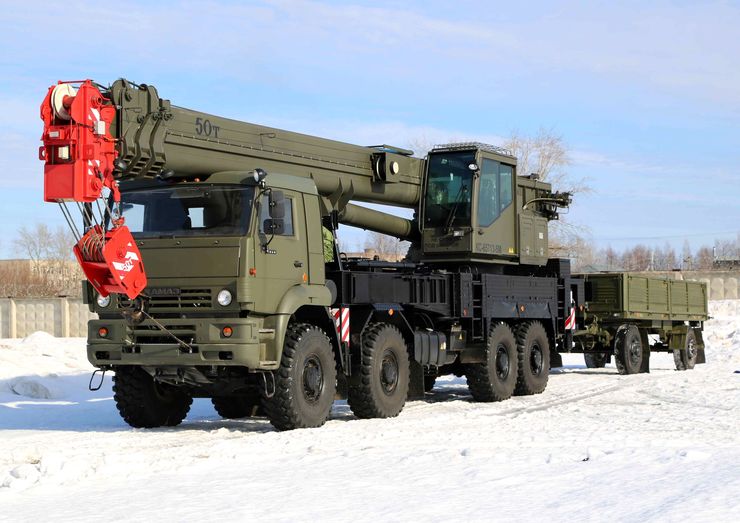I understand that we may be getting off topic, but this is an interesting discussion.Doesn't change the fact that the Satellites can and in-fact capable of tracking IR Emission from aircraft. Which seems hard for you to believe.
If you do the math however, you will notice one variable namely "Specific detectivity" or "D*" This is the response of the detector against certain wavelength. Now if we use your temperature of 1500K. This correspond to a wavelength of 1.932 Micron.
And what's the material for the detector ? I guess it's InAs (Indium Arsenide) Which could be part of its "Short" Wave sensor and 1.9 Micron is short.
View attachment 87348
Now let's see what's the D* for the material assuming its nitrogen cooled or maybe a peltier cooler is used. We can see the response for the material is about 5 * 10^11 cm-Hz1/2/W.
Assuming same size aperture... we get
View attachment 87349
Seems not a problem at all from Geosynch. It is however resolution might be the problem. It might know that some "IR event" occuring which similar as missile launch but not necessarily able to provide "clear picture". Your 1500K target is well detectable from Geo.
if we're looking at the details, then we should look into the details for everything. other than resolution I have many questions about the model. 2 stand out to me: the 1m2 emitter assumption and the ideal radiator assumption.
a real jet plume is not a solid 1m2 flat ideal emitter at 1500K throughout. there are 2 key differences.
1. a real jet plume is rapidly cooled as it expands from the nozzle. as you can see here, the peak temperature occurs only exactly outside the nozzle. the nozzle is unlikely to be visible. the plume is almost immediately cooled to a lower temperature even in the worst case scenario of a circular nozzle.

2. a real jet plume is optically thin (mean path length of emitted photon is far larger than the characteristic dimensions of the plume) while (see pg. 25-28).
, where τ is the optical depth and Bν(T) is the standard blackbody spectrum.
blackbody radiation only applies if τ >> 1 (optically thick), I(τ) ~ Bν(T) since exp(-τ) ~ 0. what does an optically thin emitter look like? not blackbody (see pg. 9). if τ << 1 then you can use Taylor expansion of exp(-τ) = 1+τ+τ^2/2+.... and simplify it down to 1+τ since if τ <<1, τ^2 ~ 0.
The equation then reduces down to I(τ) ~ τ*Bν(T) where τ << 1, thus I(τ) << Bν(T). Actual intensity is much lower than ideal blackbody.
So the calculator may be too simplistic to provide a correct answer in this situation, as it models an ideal blackbody radiator when a jet plume is not an ideal blackbody radiator.
Last edited:




